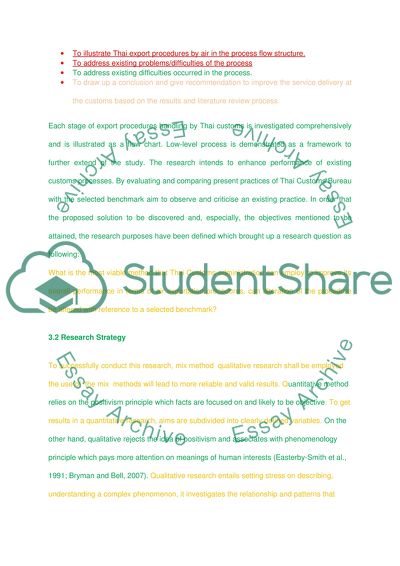Cite this document
(“Air Export Procedure Benchmarking for Thai Customs Process Dissertation”, n.d.)
Retrieved from https://studentshare.org/family-consumer-science/1410352-air-export-procedure-benchmarking-for-thai-customs
Retrieved from https://studentshare.org/family-consumer-science/1410352-air-export-procedure-benchmarking-for-thai-customs
(Air Export Procedure Benchmarking for Thai Customs Process Dissertation)
https://studentshare.org/family-consumer-science/1410352-air-export-procedure-benchmarking-for-thai-customs.
https://studentshare.org/family-consumer-science/1410352-air-export-procedure-benchmarking-for-thai-customs.
“Air Export Procedure Benchmarking for Thai Customs Process Dissertation”, n.d. https://studentshare.org/family-consumer-science/1410352-air-export-procedure-benchmarking-for-thai-customs.


